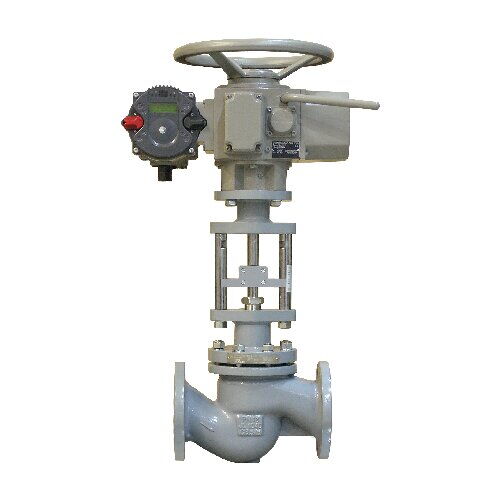Common Advanced Control Valve Design for Energy Efficiency
On this page
Control valves, as an integral part of industrial fluid control systems, are not only responsible for accurately regulating fluid flow, pressure, temperature, and other parameters but also play a crucial role in energy conservation and environmental protection. With the global emphasis on sustainable development and energy efficiency, the design and application of control valves are evolving towards more energy-efficient and environmentally friendly directions. Below are the main development directions and their significance in the fields of energy saving and environmental protection for control valves.
The proportion of pressure drop across the control valve in the entire system directly affects the system's energy consumption level. Designing control valves with a low pressure drop ratio can significantly reduce the total energy consumption of the system. This design approach not only reduces energy consumption but also improves the system's operational efficiency, making the control valve work more economically and efficiently. For example, modern control valve designs are increasingly oriented towards reducing the resistance of the fluid within the valve, thereby reducing the pressure drop and, consequently, the overall energy consumption of the system.
Low-impedance control valves, such as butterfly valves and eccentric rotating valves, reduce resistance when the fluid passes through the valve due to their unique structural design. These valves optimize the fluid flow path, allowing the fluid to pass through the valve body more smoothly and reducing the energy loss during fluid flow. The low-impedance design not only saves energy but also extends the service life of the valve and has lower maintenance costs, making it increasingly favored in industrial systems.
Self-powered control systems use the pressure of the medium behind the valve for automatic control without the need for external energy sources. This design uses the energy of the controlled medium itself to achieve self-regulation of the pressure behind the valve, thereby saving additional energy consumption. Self-powered control systems are particularly suitable for situations that require long-term stable operation because they do not rely on external power or air sources and have good reliability and economy.
Compared with pneumatic actuators, electric actuators have significant energy-saving advantages. Pneumatic actuators require continuous air supply during the entire operation process, which not only leads to high energy consumption but also increases the system's operating costs. In contrast, electric actuators only require power when the valve opening changes, and they can stop power supply after reaching the set opening, thus greatly reducing energy consumption. In addition, the piezoelectric valve used in intelligent electric valve positioners only consumes air when the output signal increases, further enhancing energy-saving effects.
In the design of control valves, using a valve core with a balanced structure can effectively reduce the thrust or torque required by the actuator. This design balances the pressure on both sides of the valve core, reducing the load on the actuator, and thus allows the use of smaller, more efficient actuators. The balanced structure not only reduces energy demand but also improves the operational accuracy and response speed of the control valve, making the system operation more stable.
For applications with high pressure drop ratios where the system consumes too much energy, variable frequency speed control technology can be used to reduce energy consumption. Variable frequency speed control technology adjusts the speed of the motor or pump to achieve precise control of fluid flow or pressure, thereby reducing unnecessary energy waste. This technology is particularly suitable for systems that require frequent adjustments of operational parameters and is an effective alternative to traditional control valves, significantly improving the system's energy utilization efficiency.
The development of modern control valves also emphasizes the integrated optimization design of the system, considering not only the energy-saving effects of individual factors but also the overall operational efficiency, environmental impact, and economy of the entire system. For example, by integrating various energy-saving technologies such as low pressure drop design, low-impedance valves, variable frequency speed control technology, etc., the system can achieve overall optimization. This comprehensive design approach helps to maximize energy savings and improve the overall efficiency of the system without sacrificing performance.
The development of control valves is gradually moving towards the direction of energy saving, environmental protection, and high efficiency. By adopting various technical means such as low pressure drop design, low-impedance valves, self-powered control systems, electric actuators, balanced structure, variable frequency speed control technology, etc., control valves can not only achieve more precise fluid control but also play a positive role in saving energy, reducing environmental impact, and improving safety. These innovative development directions will promote the widespread application of control valves in the industrial field and contribute to more efficient and environmentally friendly industrial production.

